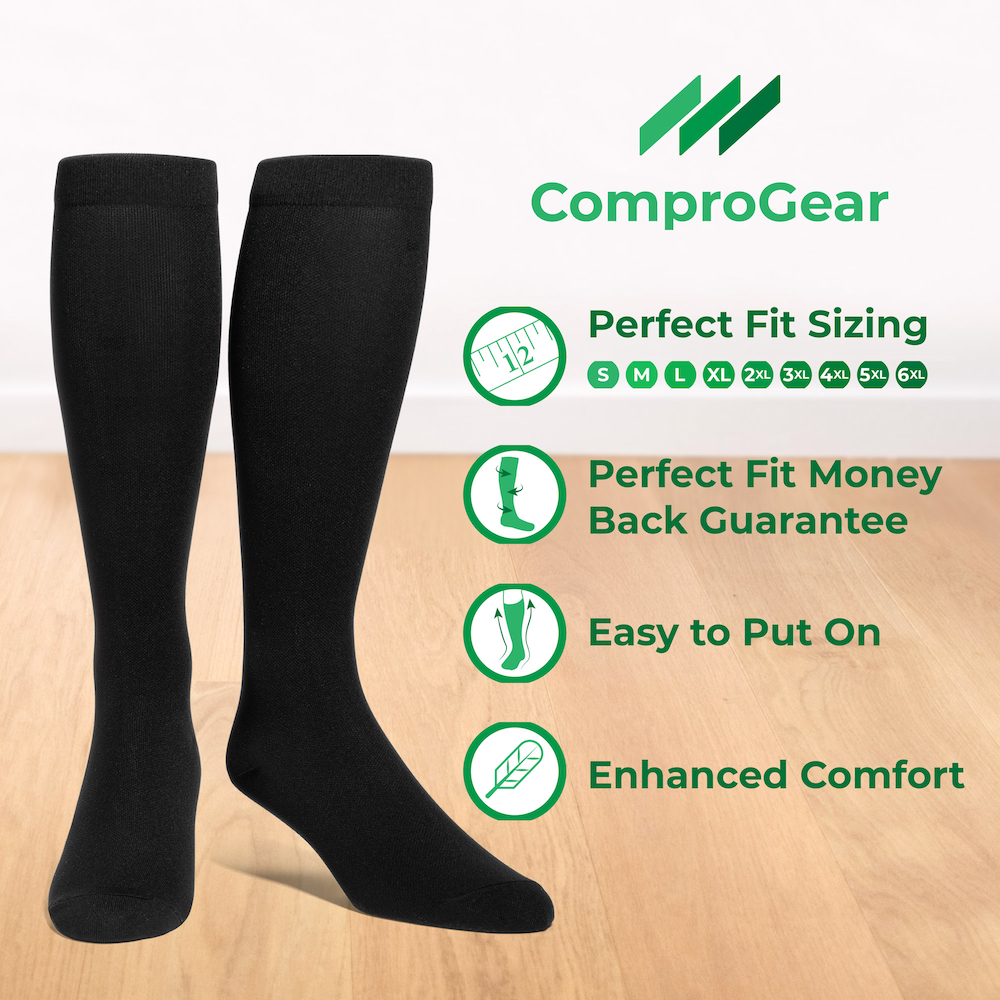Introduction
Quality compression hosiery has more to offer in terms of the effectiveness of compression therapy and superior quality. They are specially made to meet the esthetic and therapy needs of both males and females that need help with blood circulation and overall leg health. They come in different ranges of medical compression garments to help in managing both venous and lymphatic diseases. If you are new to compression stockings, this article will help enlighten you.
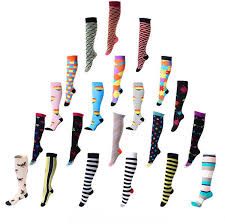
What is Quality Compression Gear?
Quality compression hosieries are specialized stockings that are medically designed to help in preventing the occurrence of venous disorders like edema, thrombosis, and phlebitis. These hosieries also help in preventing these venous disorders from progressing. A quality compression sock is made of mostly elastic fibers such as spandex and Lycra.
We recommend ComproGear lymphedema compression socks.
Other materials that make up this hosiery include microfiber and cotton. There are different styles of compression gear for both men and women, including:
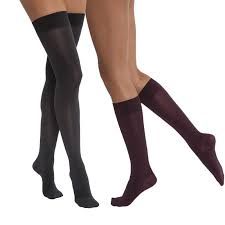
- Socks
- Stockings
- Knee-highs
- Thigh-highs
- Pantyhose
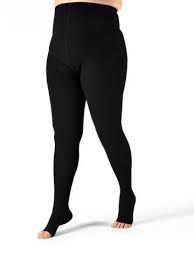
Quality compression gear should offer advanced comfort, a perfect combination of style, gradient compression therapy, and outstanding sheerness. It should be uniquely finished, with added softness to meet the needs of people having leg disorders or who are prone to such disorders.
Additionally, quality compression socks should offer good durability and convenience. Most of them use fine-meshed material to encourage airflow through the hosiery.
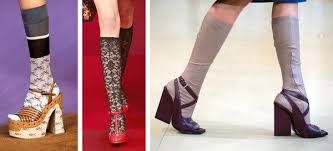
Types of Quality Compression Socks
The two major types of compression stockings are:
- Uniform compression hose, and
- Graduated compression hose
The Uniform Hose Type
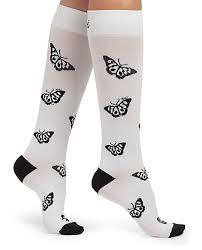
As the name implies, uniform hosiery offers even amount of compression to every part of the leg. It is often used to feel comfortable and prevent injury but is not used to treat vein diseases or serious leg discomforts.
The Graduated Hose Type
Graduated compression socks, on the other hand, has varying compression. It is tighter at the ankle, then the pressure reduces gradually as it moves up the leg. Graduated compression helps to move blood through the veins and towards the heart, to avoid pooling of blood in the lower extremities.
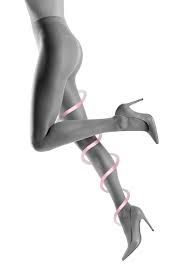
Why Should You Wear compression gear? Basically, you should wear compression socks to help you improve blood circulation in your legs.
These hosieries gently squeeze your legs in order to move blood up from your legs towards your heart. This helps to prevent leg swelling and blood clots. In essence, quality compression gear helps in ensuring good leg health.
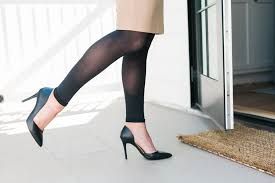
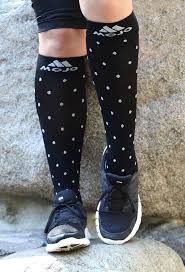
Compression hosieries may be prescribed for you by your doctor if you have spider veins, varicose veins, or you just had surgery. Circulation problems and vein disorders may become very serious. Wearing compression stocks can help you with the following conditions:
- Swelling in your legs
- Heaviness and ache in your legs
- Prevention of blood clots, especially after surgery or when you are inactive due to an injury
- Edema
- Lymphedema
- Vein diseases
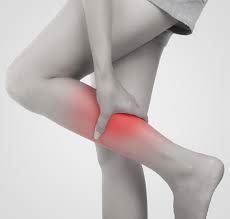
Other people who can benefit from wearing quality compression stockings are:
- Pregnant women
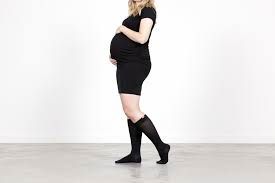
- People prone to tired, aching legs
- People who spend most of their time standing or sitting
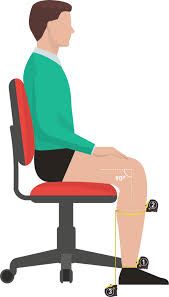
- Athletes
- Air travelers
- Anyone who wants better circulation
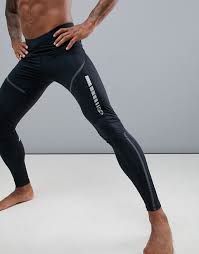
Qualities of Compression Stockings
All compression hosieries are not equal. There are economy and premium hosieries. Most of the time, the price of the hosiery is an indication of its quality, ease of use, transparency, and availability. Some brands of compression socks offer both the economy line and the premium line.
Other Popular Articles on ComproGear
Rose Toy Waterproof Clitoral Suction Toys Popular on TikTok
Features of Economy Compacting Gear Sock
Here are some of the features associated with economy compression stockings:
- Often, unwrapped spandex is used, which makes it harder to put on and to take off
- Quite inexpensive
- The colors and fabrics used are often basic
- There are fewer options for sizing and style
- These hosieries may not be so comfortable, depending on fit and fabric used
- They may not always be true to size.
- They offer less spandex, so they do not stretch too much
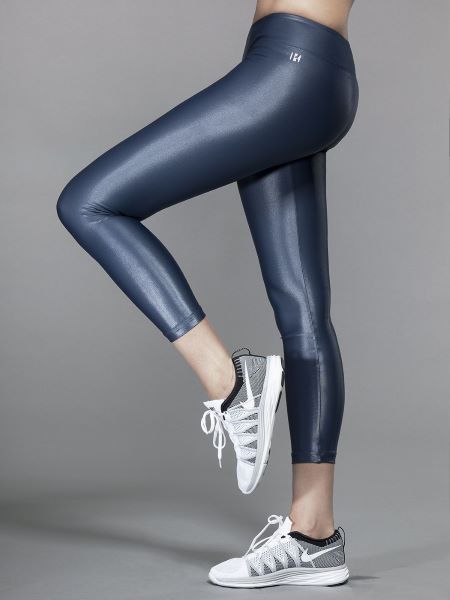
Features of Premium Compression Stockings: Here are some of the features you can find in your premium compression gear:
- Sheer and fits very comfortably.
- More expensive
- Has more spandex, allowing the stocking to move with your leg
- There are more options for fabric, color, and sizing
- The spandex is wrapped, making it easier to put them on and take them off
We recommend you try mens compression socks at comprogear
What Compression Strength is Right for You?
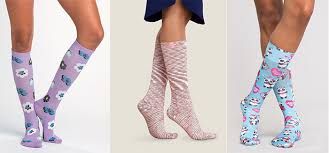
Although you will most likely see a lot of uniform compression socks displayed in stores, majority of health professionals are of the opinion that it is more beneficial to use graduated compression.
This kind of compression is measured by compression strength, also referred to as the level of tightness. With its unit of measure being millimeters of Mercury (mmHg), these hosieries have numbers that range from 8mmHg to above 60mmHg.
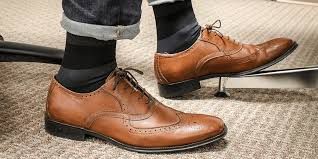
The graduated compression stockings will definitely have a tighter fit at the ankle than it will at the knee or thigh. This compression lessens as it goes up the leg, which encourages the circulation of blood as it flows back to the heart.
The higher the number, the more the built-in compression. Also, the higher the compression, the higher the severity of the condition.
Here is a summary of the compression strengths for quality compression socks and the conditions they work best for.
Mild compression 8mmHg – 15mmHg
- Aching and fatigued legs
- Helps in reducing swelling and edema
- Mild spider veins
- Minor varicose veins

Moderate 15mmHg – 20mmHg Strength
- Aching and fatigued legs
- Before and after vein procedures
- Helps in preventing minor to moderate varicose veins and spider veins
- Helps in preventing varicose veins and spider veins during pregnancy
- Helps to lessen the risk of developing deep vein thrombosis (DVT)
- Helps to reduce minor swelling and edema
- Usually used for travel

Firm compression Size20mmHg – 30mmHg
- Helps in preventing moderate to severe varicose veins
- Helps in preventing the recurrence of venous ulcerations
- Helps in preventing varicose veins and spider veins during pregnancy
- Helps in treating mild venous insufficiency
- Helps in treating moderate swelling and edema
- Helps to prevent occurrence of deep vein thrombosis (DVT)
- Is used in treating and preventing lymphedema
- Used in treating superficial thrombophlebitis
- Useful before and after vein procedures
- Works well before and after surgery such as Sclerotherapy, Vein Stripping, Phlebectomy, Orthopaedics)
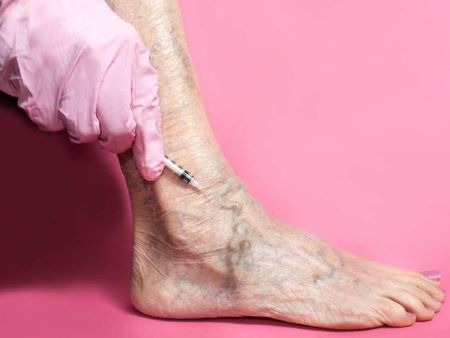
Extra firm compression 30-40 mmHg
- Can be used in treating post-thrombotic syndrome (PTS)
- Helps in pre- and post-surgical procedures like scherotherapy, orthopedics, phlebectomy, and vein stripping
- Helps in treating severe edema
- Helps in treating severe venous insufficiency (CVI)
- Helps with post phlebectomy
- Treats moderate to post-traumatic swelling, edema, and orthostatic hypotension
- Treats moderate to severe lymphedema
- Useful before and after vein procedures
- Very effective in treating deep vein thrombosis (DVT)
- Works well to relieve active venous ulcers and post venous ulcers
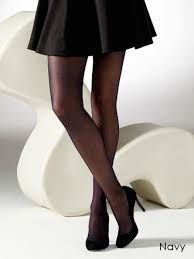
Severe Compacting Sock 40mmHg – 50mmHg
- Helps in severe lymphedema
- Is used for treating deep vein thrombosis (DVT)aQa
- Works well for treating chronic venous insufficiency (CVI)
Knee Highs or Small Sized? What Size of Compression Socks Should You Wear?
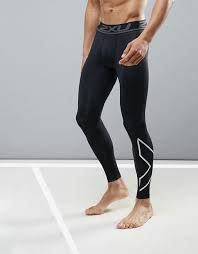
It is crucial for your hosiery to be correctly sized so that you will maximize all the benefits as well as your comfort. Compression stockings are sized by height and weight, a couple of leg measurements, or by shoe size. It is crucial to take a couple of accurate measurements before you begin to order for your compression socks.
Different brands and styles of hosiery come with their own sizing, because there is no universal way of sizing the hosiery. You have to check the size chart and other sizing instructions of the hosiery before buying it.
Sizing goes from small to compression socks for plus size women.
The steps below will help you get the accurate measurements you will need for your quality compression gear.
- Measure your legs first thing in the morning, when the swelling, if any, is at a minimum.
- Take an accurate measurement of the circumference of your ankle at the ankle’s narrowest part, which is often above the anklebone.
- You will need to measure the calf circumference at the part of your calf that is fullest.
- Measure the length of your calf, from the point where your heel touches the ground right to the bend behind your knee.
- If you are measuring for thigh lengths or pantyhose, accurately measure the circumference of your thigh at the fullest part.
- Finally, measure your thigh length from the point where your heel touches the ground to the gluteal fold.
- For pantyhose, measure the widest part of your hips.
Final Thoughts
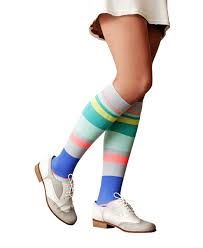
Comfort, Style and Health are the three main features of Quality Compression stockings. By investing in such hosiery, you can be assured of a product that is easy to don, capable of ensuring comfort, and able to make your legs healthier. ComproGear offers Quality Compression Hose that will fit right into your budget.
This page last updated June 8, 2022
